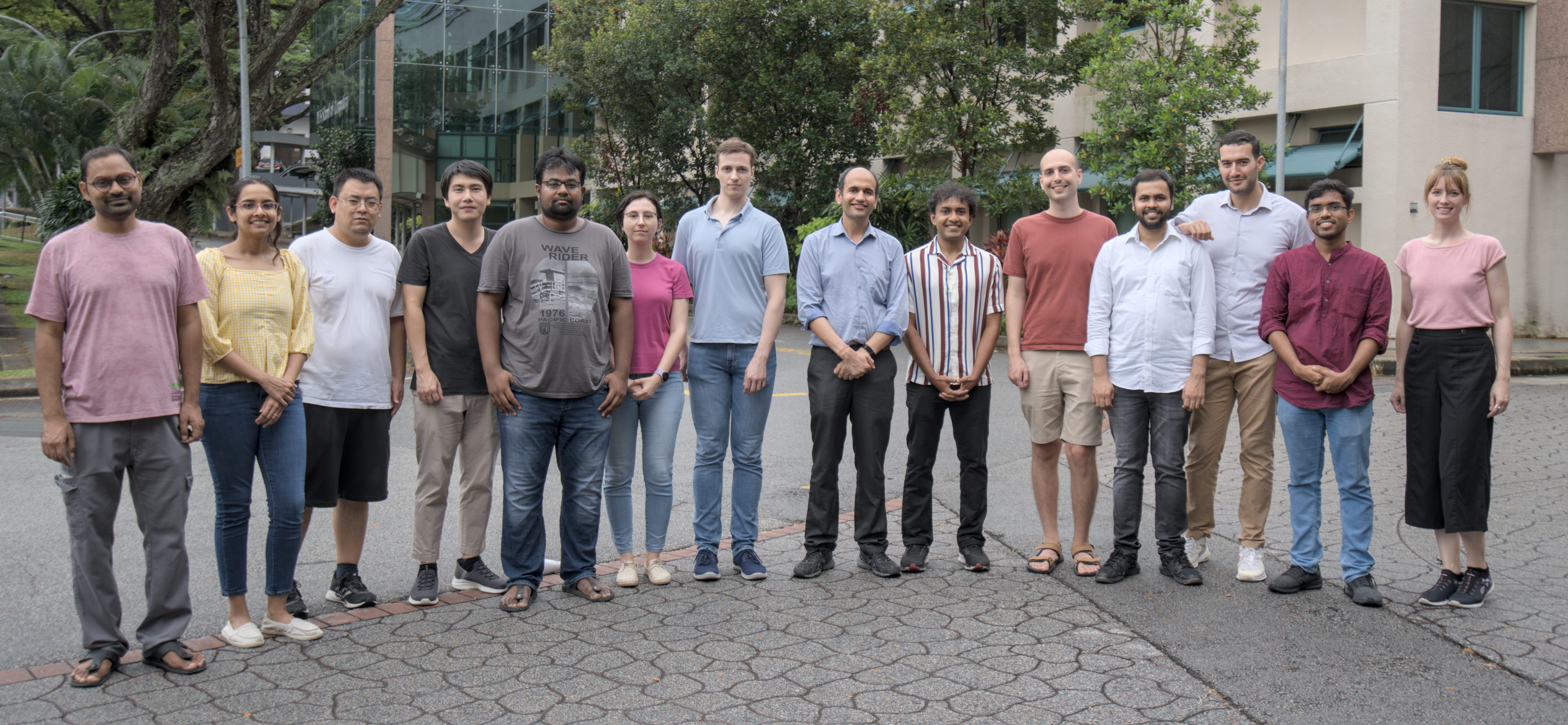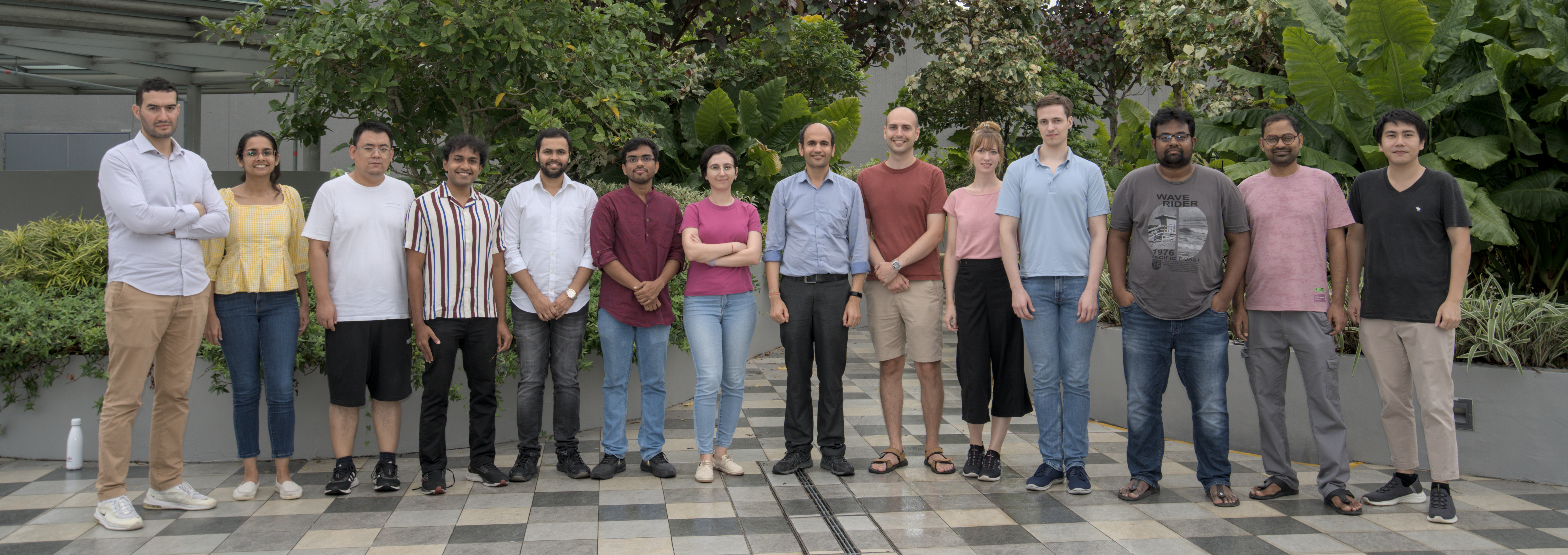Research
Our primary research interest is in automated reasoning. The long term vision of our research program is to advance automated reasoning techniques to enable computing to deal with increasingly uncertain real-world environments. The core theme of our research program is the quest for scalability. Accordingly, our work straddles theory and practice, and draws upon ideas from randomized algorithms, statistical inference, formal methods, distribution testing, and software engineering.
Given the broad nature of the field of automated reasoning, our research group's work spans multiple traditional subfields of computer science, reflected by publication record as well as recognition in artificial intelligence (AAAI: 17×, IJCAI: 13×, NeurIPS: 6×), formal methods (CAV: 7×, CP: 8×, SAT: 6×, TACAS: 3×), design automation (ICCAD: 2×, DATE: 2×, DAC: 1×), and logic/databases (PODS: 4×, ICALP: 1×, LPAR: 4×, LICS: 2×). In short, a research group that is not bound by (traditional) borders.

